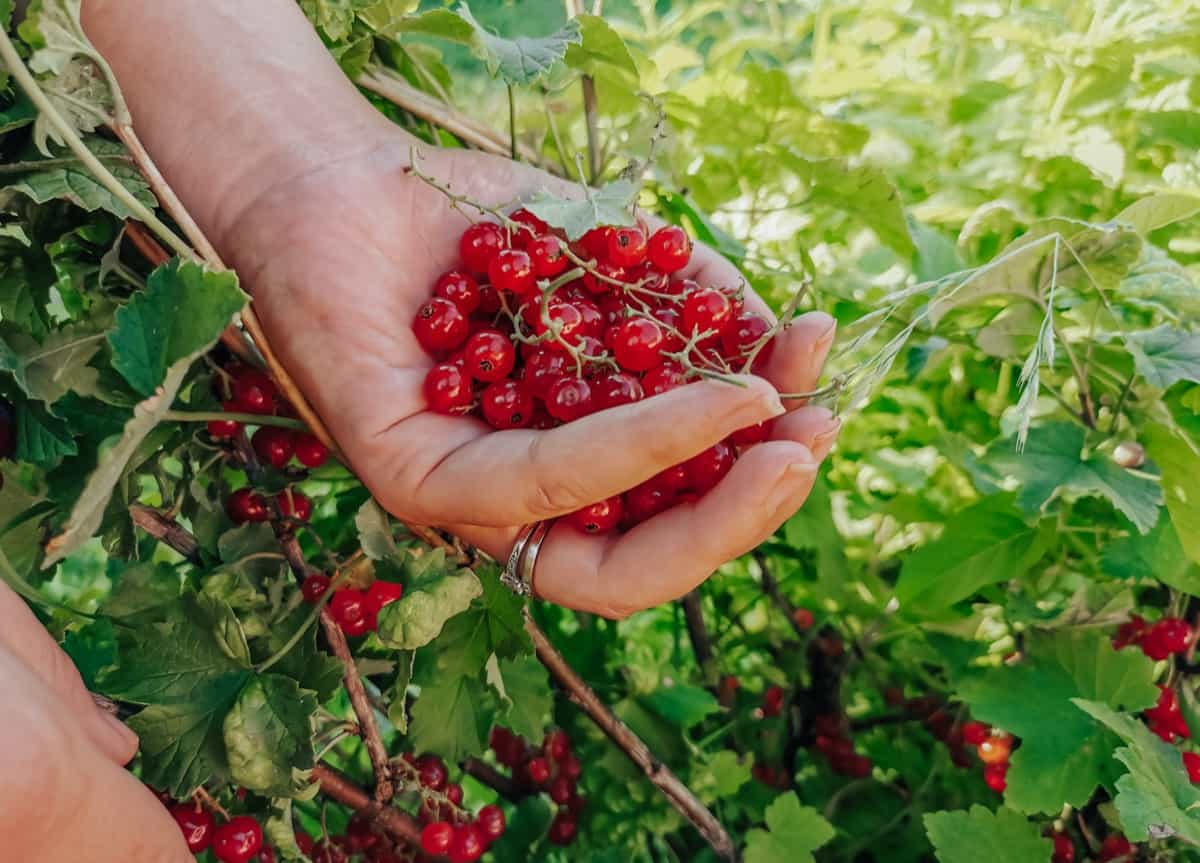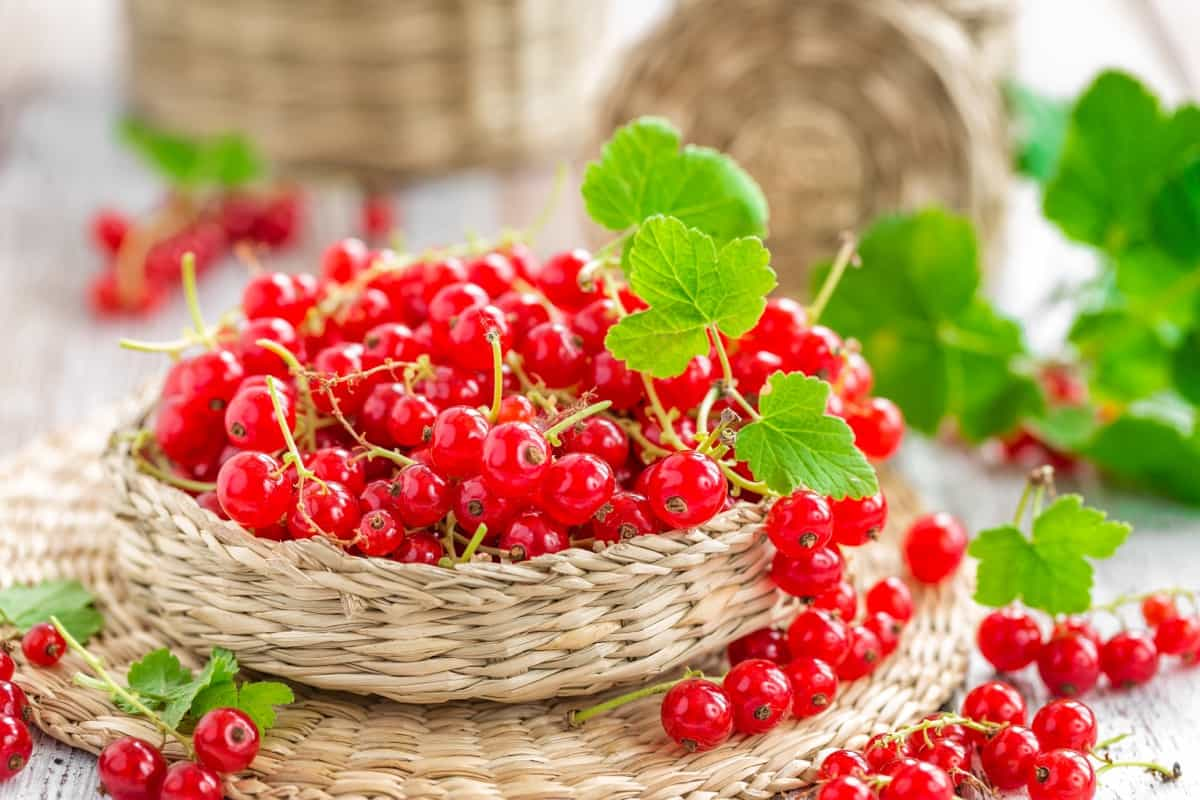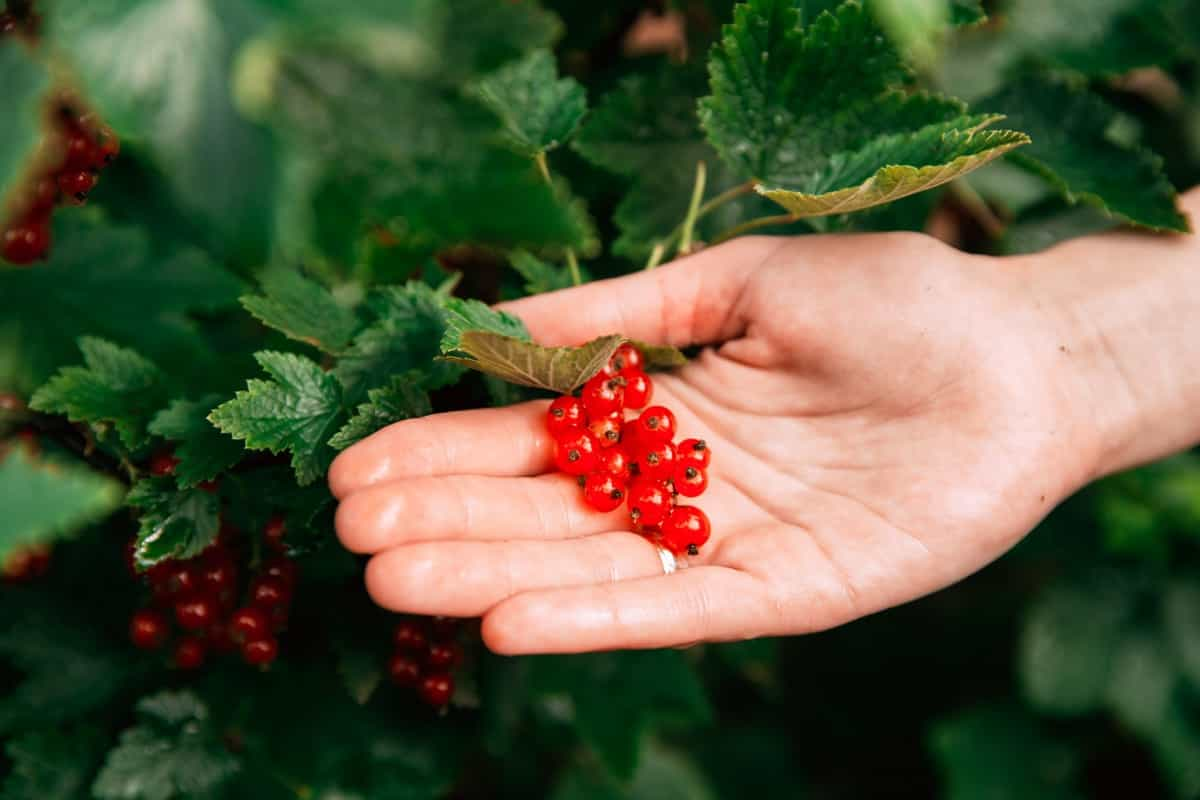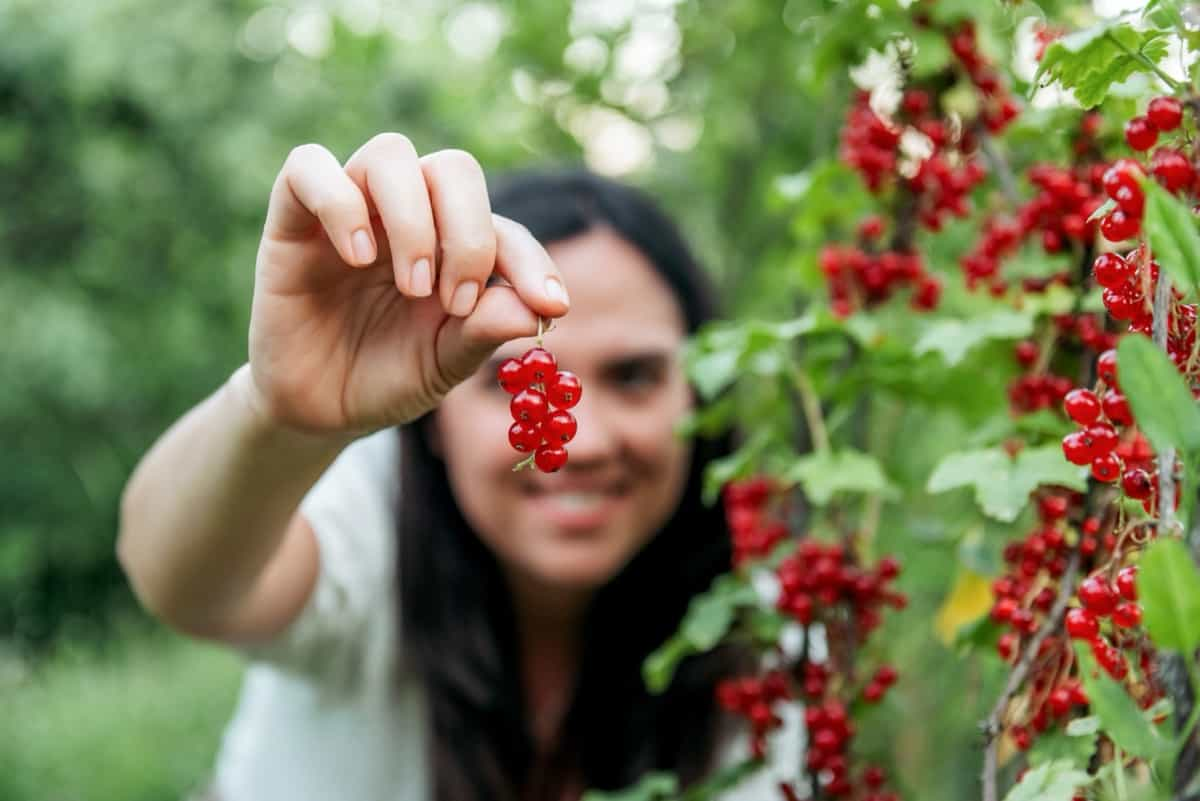The Red Currant, also known as Ribes rubrum, is a delightful addition to any home garden and is a member of the genus Ribes in the gooseberry family. Red Currants are not only a delicious addition to your garden but also pack a punch when it comes to health benefits.

Selecting the Ideal Variety for Home Gardening
Some popular varieties suitable for home gardening include Red Lake, Jonkheer van Tets, Rovada, and Gloire des Sablons. Each Red Currant variety has unique characteristics in terms of flavor, berry size, and resistance to diseases. Red Lake is known for its large fruits with a sweet-tart taste, perfect for fresh eating or making jams and jellies. Jonkheer van Tets produces small but flavorful berries early in the season. Rovada is prized for its high yield and disease resistance, while Gloire des Sablons stands out with its aromatic berries, great for desserts.
Preparing the Soil for Red Currants
Start by choosing a sunny place with well-draining soil. Red Currants love sunlight but can tolerate partial shade. Before planting, test the soil pH to ensure it falls between 5.5 and 6.5 for optimal growth. If required, amend the soil with organic matter li to improve its structure and fertility. Remove weeds from the area where you plan to plant your Red Currant bushes. Clearing out unwanted plants helps prevent competition for nutrients and water.
Planting Red Currant Bushes: Step-by-Step Guide
Red Currants thrive in full sun and well-drained soil, so pick a location that meets these requirements. Before planting Red Currant, prepare the soil by adding organic matter. This will help to provide essential nutrients for your Red Currant bushes to grow healthy and strong. When you’re ready to plant, dig a hole larger than the root ball of your Red Currant bush. Carefully place the Red Currant plant in the hole, making sure it sits at the same depth as it did in its nursery container.
In case you missed it: Where to Place Indoor Plants in Your Home

Fill in the hole by using soil and press around the base of the plant to secure it in place. Water carefully after planting to help settle the soil around the plant roots and reduce transplant shock. Remember to space your Red Currant bushes according to the recommended distance apart for each variety. This will ensure proper airflow and sunlight exposure for each plant as it grows.
Watering and Feeding Your Red Currants
Red Currant bushes require consistent watering, especially during hot summer months. Make sure the soil is moist but not waterlogged. Aim to water your Red Currants deeply at least once a week, ensuring the roots receive enough hydration. Mulching around the plant base can help retain moisture in the soil and reduce evaporation. When it comes to feeding your Red Currants, opt for a balanced fertilizer specifically formulated for berry-producing plants. Apply fertilizer to the Red Currant in early spring before new plant growth appears, following package instructions carefully.
Pruning and Training Red Currant Bushe
When pruning Red Currants, start by removing any dead or damaged branches. This will encourage new growth and improve air circulation within the bush. Training your Red Currant bushes involves guiding their growth to maximize sunlight exposure and fruit production. You can achieve this by gently bending flexible branches outward to create an open center for better light penetration.
Regularly thinning out crowded areas within the bush is also vital for healthy growth and reducing the risk of disease. Make sure to prune during the dormant season to avoid stressing the plant while it’s actively growing.
Pest and Disease Management for Red Currants
Pest and disease management in Red Currant is important to ensure the health and productivity of your Red Currant bushes. Common pests that may affect Red Currants include aphids, spider mites, and caterpillars. Watching for early signs of infestation can help prevent damage to your plants. Aphids are insects that suck sap from the plant leaves, causing leaves to curl and distort. Spider mites can be recognized by webbing on the underside of leaves. Caterpillars feed on foliage, leading to holes in the leaves.
In case you missed it: How to Grow Tomatoes Organically at Home: A Comprehensive Guide

Diseases such as powdery mildew, cane blight, and botrytis can also impact Red Currant bushes. Powdery mildew appears as a white color powdery substance on the leaves, while botrytis causes gray mold on berries. To manage pests and diseases organically, consider using neem oil or insecticidal soap. Pruning affected areas can also help control infestations. Regularly inspecting your plants is key to maintaining their health and vigor.
Harvesting Red Currants: Tips and Techniques
Red Currants are ready for picking when they are plump, firm, and brightly colored. Grasp the bunch of berries gently and pull them off the stem – they should come off easily. It’s best to harvest Red Currants in the morning when temperatures are cooler, as this helps retain their freshness and flavor. Avoid picking berries after rain or watering to prevent spoilage. To extend the shelf life of your harvested Red Currants, place them in a shallow container in a single layer. Store them in the refrigerator, where they can last for up to two weeks.
Storing and Using Your Home-Grown Red Currants
Once you have successfully harvested your home-grown Red Currants, it’s time to think about storing and utilizing these delicious berries. To preserve their flavor for longer periods, consider freezing them. Spread the Red Currants in a single layer on a baking sheet and place them in the freezer until they are firm. Once frozen, transfer them into resealable bags or containers.
Another great way to store Red Currants is by making jams or jellies. Red Currant sauces are also popular choices for enhancing both sweet and savory dishes. You can also dry Red Currants by dehydrating them in an oven at low temperatures until they are shriveled but still slightly soft.
Common Problems and Solutions in Red Currant Cultivation
Many beginners face the common issue of overwatering. Red Currants prefer well-drained soil, so be mindful not to drown them in water. Another common issue that gardeners may face is poor fruit set. This can be due to weather conditions. To improve the fruit set, consider planting companion plants that attract pollinators or hand-pollinate the flowers yourself. Nutrient deficiencies in this shrub, like a lack of potassium or magnesium, can manifest through yellowing leaves or stunted growth.
In case you missed it: Plantation Ideas for Home Decoration: A Beginners Guide

Consider fertilizing your plants appropriately to ensure they have all the nutrients for healthy growth. By staying vigilant and taking proactive measures, you can effectively manage these common problems in Red Currant cultivation and enjoy a healthy harvest of delicious berries. Growing Red Currants at home can be a rewarding experience. From selecting the ideal variety to harvesting your bountiful crop, each step offers an opportunity to connect with nature and enjoy fresh produce right from your backyard.
- Best Liquid Fertilizer for Flowering Plants
- How to Set Up an Efficient Watering System for Home Garden
- How to Mulch Tulip Bulbs: Expert Tips Best Tulip Blooms
- Common Problems with Potted Figs and How to Solve Them
- How to Prevent Flower Drops in Pomegranate Trees: Effective Tips
- How to Boost Ridge Gourd Flowering and Yield: A Beginner’s Guide
- Effective Pollination Techniques for Maximizing Gourds Yield
- Composting Techniques for Manure in Home Gardens
- A Step-by-Step Guide on Propagation Techniques for Jasmine Plants